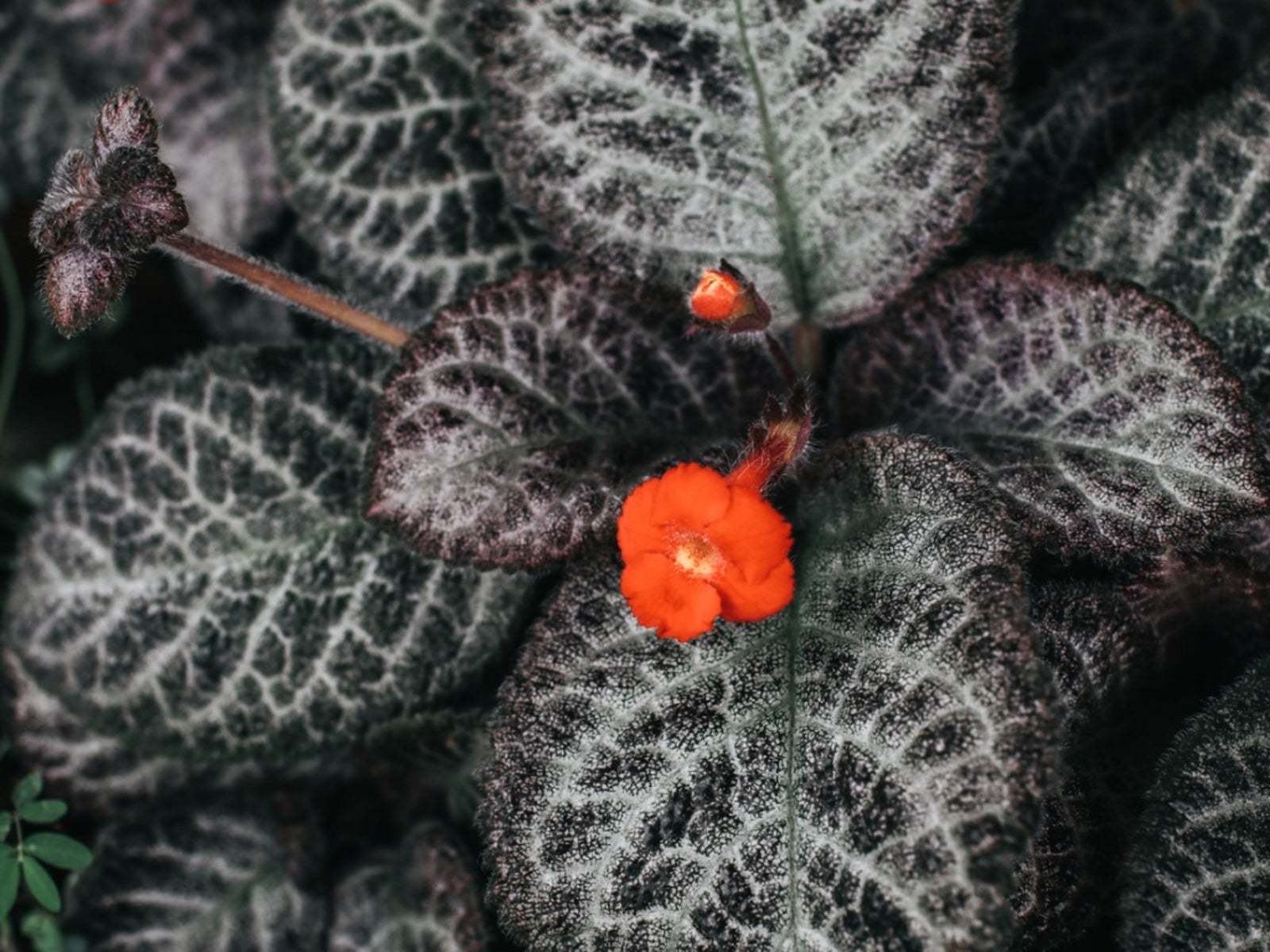Growing Flame Violets: Information For Episcia Flame Violet Care


Growing flame violets (Episcia cupreata) is a great way to add color to an indoor space. Episcia flame violet houseplants have attractive, velvety foliage and flowers similar to their cousin, the African violet. Episcia flame violet care isn't complicated when you understand the basics. Your reward is an elegant, indoor flowering specimen.
Flame Violet Plant Info
There are several cultivars of the flame violet plant. Many trail down the sides of hanging baskets. North and South American natives, foliage of Episcia flame violet houseplants is green to bronze, red, or even chocolate. Oval shaped leaves may have silvery edges, veins, or margins. Their habit is low-growing, and they flower in colors of red, pink, orange, yellow, lavender, or white throughout the year.
Episcia Flame Violet Care
Plant the flame violet plant in well-draining soil and place it where humidity is high. The velvety leaves of Episcia flame violet houseplants do not take well to misting or any contact with water. Instead, provide humidity with a pebble tray, a small decorative fountain, or a humidifier in the area. As with most houseplants, indoor humidity is a challenge in winter, but high humidity greatly improves plant appearance when growing flame violets.
Watering Flame Violet Plant
Soil of the flame violet plant should remain moist. Bottom watering is a means of making sure the roots get necessary moisture without the chance of damaging the delicate leaves. Fill the plant saucer with water, then add the potted flame violet plant. Keep the plant in the water filled saucer until all water is absorbed or 30 minutes. If water remains, pour it out. If the water is absorbed quickly, try adding a little more, but don't exceed the 30 minute limit. Water this way once a month in combination with top watering. Use warm to lukewarm water, not cold, when watering this plant.
Blooms of Episcia Flame Violet Houseplants
The right lighting encourages blooms on the flame violet. Keep this plant in bright, indirect light for at least eight hours a day. Avoid direct sunlight. Fluorescent lighting can also be used. When growing this houseplant for blooms under fluorescent lights, increase the time to 12 hours. Pinch back spent blooms to encourage the plant to bloom again. Feed every two weeks with a plant food high in phosphorus, a balanced houseplant food mixed at half strength or an African violet food.
Gardening tips, videos, info and more delivered right to your inbox!
Sign up for the Gardening Know How newsletter today and receive a free copy of our e-book "How to Grow Delicious Tomatoes".

Becca Badgett was a regular contributor to Gardening Know How for ten years. Co-author of the book How to Grow an EMERGENCY Garden, Becca specializes in succulent and cactus gardening.
-
 Looking For Plants To Give You The Soft And Fuzzies? Try These 5 Fuzzy Leaf Plant Options
Looking For Plants To Give You The Soft And Fuzzies? Try These 5 Fuzzy Leaf Plant OptionsLovers of texture, drama, silver foliage and tactile plants will adore these special sensory garden additions. These fuzzy leaf plant options will leave you all aglow
By Susan Albert
-
 Get Ready For A Summer Of Hummers! Grow These Full Sun Hummingbird Plants and Flowers
Get Ready For A Summer Of Hummers! Grow These Full Sun Hummingbird Plants and FlowersIf you’re lucky enough to enjoy a sunny backyard, make sure you are maxing out on your pollinator opportunities and grow these full sun hummingbird plants and flowers
By Tonya Barnett